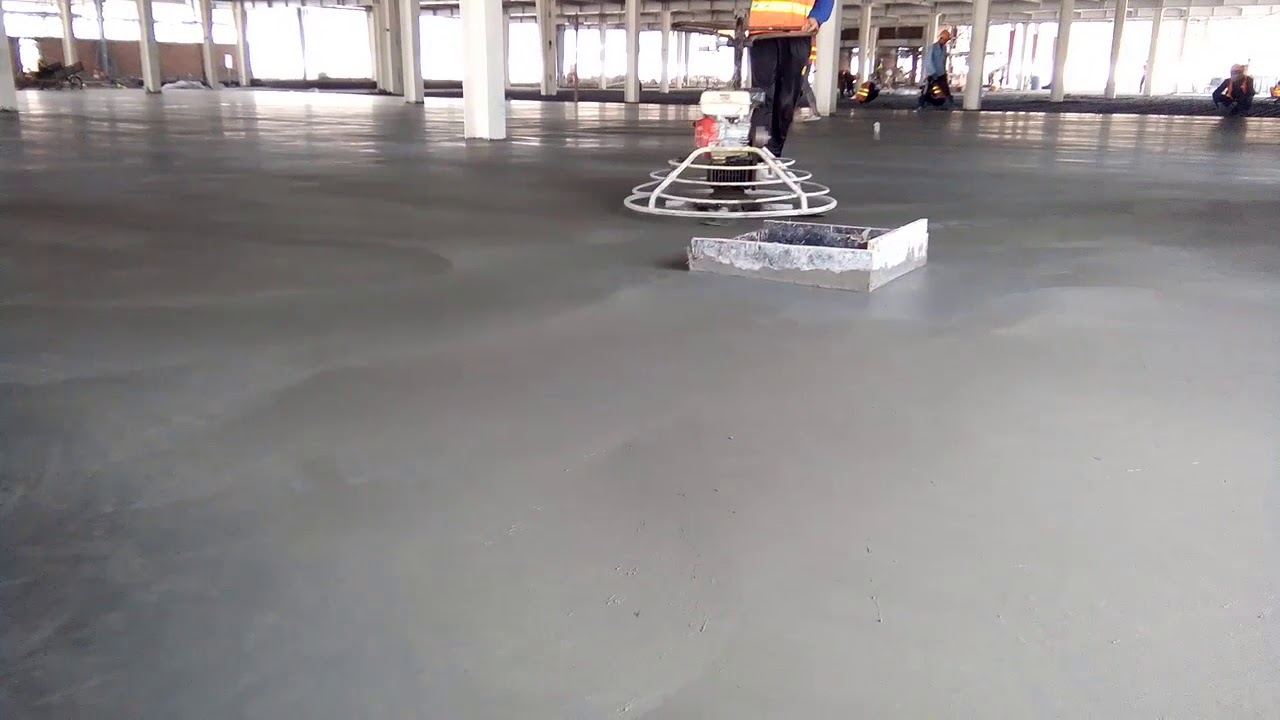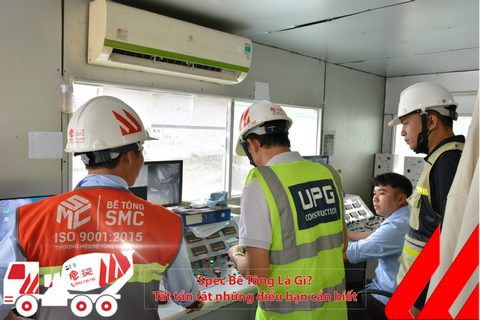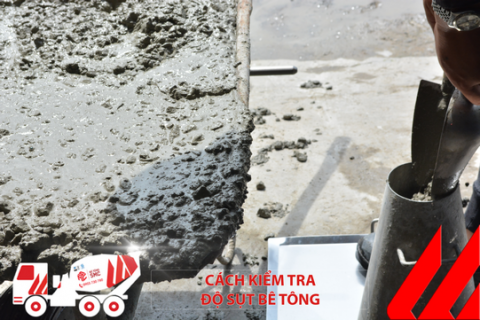Frequently asked Questions
Concrete engineering advice
Business contact
Concrete maintenance technique properly
In the process of building a building, there are many things to be concerned about. Building quality is still the top concern of homeowners, in which concrete quality is a key factor for a "healthy" home. Sometimes the quality of materials (cement, sand, gravel, stone) meets the standards, but still does not give the desired quality of concrete. That may be due to improper preparation procedures such as concrete formwork grafting. An equally important cause is not paying enough attention to maintenance.
The importance of maintenance
Although concrete is well graded but curing does not comply with technical requirements, concrete cannot achieve good quality either. The quality of concrete is only achieved when it is curing in a moist environment and without impact. Therefore, concrete must be kept moist as long as possible after pouring. Even though the concrete has surface, even on the outside it looks solid, but inside the hydration process continues to achieve the maximum concrete strength. In extremely dry environments, the water in concrete evaporates quickly, there is not enough water needed for the hydration process, the concrete strength may stop growing and cause cracks. Ambient temperature is also important. At normal temperature between 20 o C and 30 o C, cement hydration slowly but at high temperatures above 40 o C, the rate of hydration increased significantly. Therefore one can curing concrete with hot water from 80 ° C to 90 ° C. The faster the rate of curing, the more intense the development in the early stages, only after 20 hours can be achieved. intensity of 28 days.
One can keep concrete wet in many ways, such as leaving the formwork intact, spraying water, soaking water (for large surface surfaces such as roof floors), and covering with sunshades. A part of unevenly dried concrete easily leads to crow's feet cracking and cracking of concrete, which causes later infiltration.
1. Make a second face
- After the concrete is shaped and begins to solidify (about 2-3 hours after pouring concrete), rub the concrete surface again so that the stresses due to shrinkage are destroyed (This is a step. Important decisive need to be implemented).
2. Initial maintenance :
- Covering concrete surface with damp material to keep the concrete from being dehydrated under the influence of climate factors (such as sunshine, wind, temperature, and humidity). Carry out the initial maintenance as follows: Concrete after shaping is finished, the surface is covered with damped material sheets (such as sacks, plastic sheets, canvas, etc.) At this time, do not water to prevent concrete from being destroyed by water due to insufficient strength, and not impacting the concrete.
- The face covering lasts about 5 to 6 hours. In the field, this time can be determined by watering the concrete surface, if it is not possible to damage the surface. During this period, continuous watering and moisturizing. Usually the surface coating of concrete should be done in case of hardened concrete in the condition of rapid dehydration (hot sun, heat, wind ...), if there is difficulty in covering the material, it may not be covered. concrete surface, but pay attention to watering promptly to avoid the surface cracks.
3. Further maintenance :
- Carry out the next immediately after the initial maintenance period until the maintenance is stopped. During this time, water regularly to moisturize all surfaces of the concrete structure. At night may not need watering. The moisturizing watering at this stage lasts from 6 to 7 days and nights.
Other news
Currently, ready-mix concrete is a top choice for many construction projects—both large and small—thanks to its convenience, consistent quality, and high construction efficiency. With extensive experience supplying commercial concrete for numerous key projects in the Southern region, SMC proudly offers a diverse range of ready-mix concrete products to meet the technical requirements of every type of construction.
A Comprehensive Guide to Concrete Specs – Everything You Need to Know
A Complete Guide to Concrete Specs – a set of technical parameters including concrete grade, slump, compressive strength, aggregate size, and mix ratio. This article helps you understand how to define, apply, and control concrete quality according to TCVN standards and practical construction conditions.
How to check the concrete slump
In construction and civil engineering, concrete slump test (or simple slump test) is the work performed at the construction site or in the laboratory that usually determines and measures the hardness, consistency of samples. Concrete before pouring concrete or casting maintenance, research or experiment samples.




